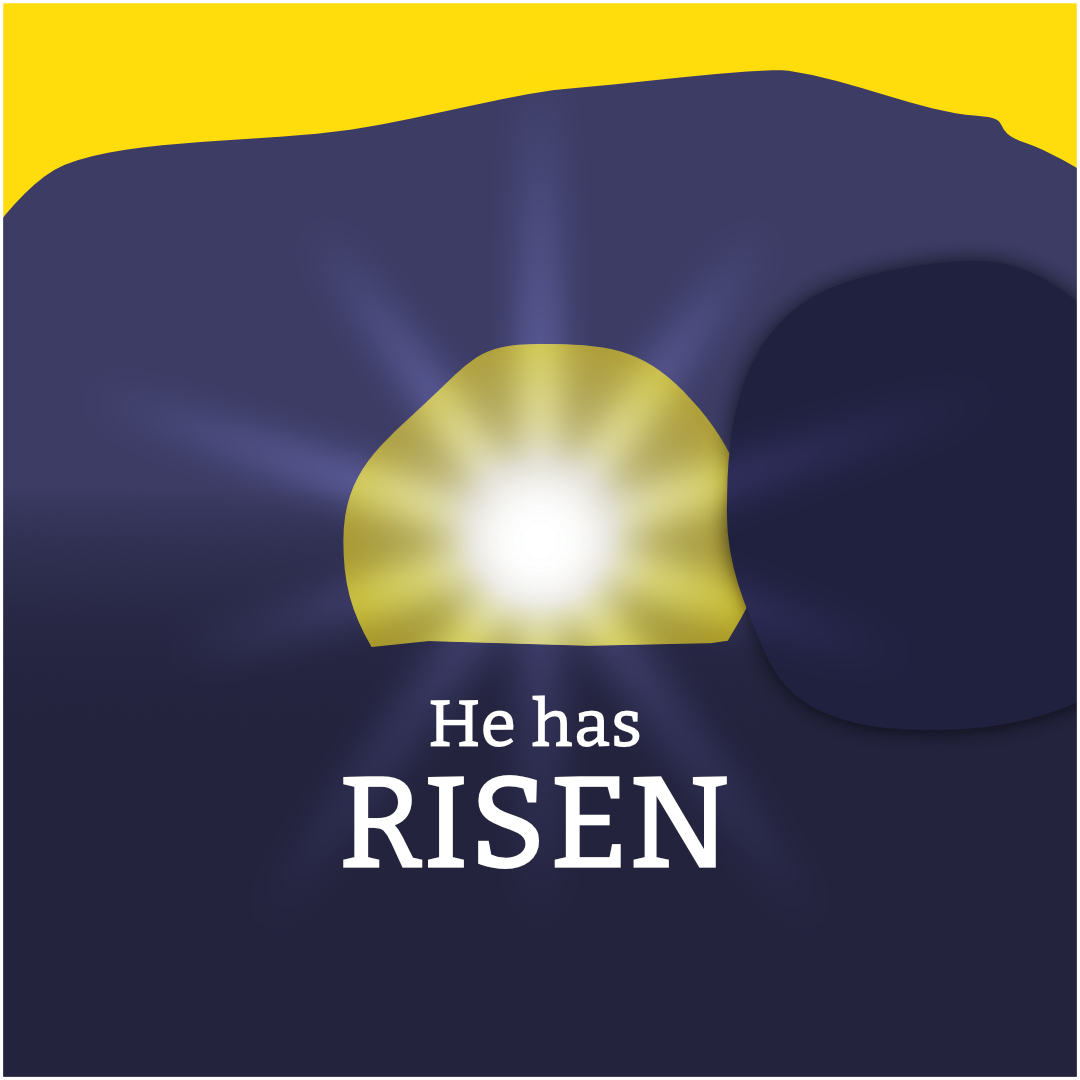Journey to the Cross: An Easter Study From Mark’s Gospelಮಾದರಿ


He Has Risen! (Mark 16:1-8)
"“Don’t be alarmed,” he said. “You are looking for Jesus the Nazarene, who was crucified. He has risen! He is not here. See the place where they laid him." Mark 16:6 (NIV)
Context
In the oldest recovered manuscripts, Mark’s gospel concludes at 16:8. As a result, some biblical scholars think that the gospel originally ended here. Others suggest that Mark’s original ending tore off here due to the tendency of ancient manuscripts to decay. The longer ending may have been added as a supplement in the 2nd century, drawing from information found in Matthew, Luke, and John, along with early church traditions.
As Christians who trust the Bible, this doesn’t need to disturb us. Credible scholarship has demonstrated that we can be highly confident that our Bibles accurately reflect the original teachings of Jesus.
For interpreting today’s reading:
- First, let’s imagine Mark intended the gospel to conclude at 16:8 and consider how this ending might have impacted the original readers. Recall that the background video (from Day 6) identified Mark’s readers as the church in Rome, who were in the midst of a time of great difficulty.
- Then, let’s consider other New Testament passages about the resurrection, which assure us of its historicity and affirm that the eyewitnesses boldly proclaimed it (see Acts 2:22-36; 1 Corinthians 15:1-8 and 15:12-26).
Observation
In Mark 16:1-8, notice that the women bringing spices:
- Were told that Jesus was raised from the dead
- Had not yet seen him for themselves.
- Were told to tell others this good news
- Were afraid, confused, and asking questions
**Note: The oldest manuscripts end the gospel of Mark after this story.**
Interpretation
Consider this ending from the perspective of Mark’s readers in Rome:
- How could they relate to the situation of the original audience (the women at the tomb)?
- How might this abrupt ending to Mark’s gospel be an encouragement to the original readers?
The New Testament evidence points to the fact that these women did not remain silent but instead reported the good news of the resurrection to Peter and the others (see Luke 24:1-12). As well, Jesus himself appeared to many others after his resurrection. Paul even writes that 500 people saw him at one time (see 1 Corinthians 15:6)!
The first sermon on the resurrection, preached by Peter, highlights it as God’s vindication of Jesus (see Acts 2:22-36). Even though Jesus had disappointed many people’s messianic expectations, and his followers had thought that his crucifixion was the end of their hope, the resurrection proves otherwise. Jesus was who he said he was; not even death could hold him!
Additionally, Paul writes that Christ’s resurrection is the firstfruits of the resurrection every believer will one day experience (see 1 Corinthians 15:12-26).
Application
The death and resurrection of Jesus is one of the most attested events of the first century. Beginning with the women (who were the first witnesses), hundreds of others spoke with him, walked with him, touched him, and ate with him until his ascension. This experience forever changed their lives. Afterward, they walked in victory over the power of sin and, through times of great trial, held onto the hope that through Christ, they would also walk in victory over death.
The resurrection of Jesus vindicated his identity and message. Through it, he proved that he had fully defeated the powers of sin and death, which had kept humanity in bondage since the Fall (in Genesis 3). His resurrection assures us that we, too, will have our bodies re-created, never again to experience sickness and decay.
As you prepare for Easter, reflect on the hope that the resurrection gives you:
- to overcome the bondage of any sin with which you currently struggle and
- to break any slavery to fear of your own death or the death of those you love.
About this Plan

This plan will guide you through an inductive study of Jesus’ journey to the cross, beginning with the triumphal entry into Jerusalem. Grab a notebook to jot down your thoughts as you are led through a process of (1) observing the events of Passion Week, (2) interpreting the original message to the church in Rome, and (3) applying the Easter story’s timeless truths to your life today.
More
ವೈಶಿಷ್ಟ್ಯದ ಯೋಜನೆಗಳು

One a Day

Mastering Our Emotions: Biblical Principles for Emotional Health

Freedom From Bitterness

Let's Talk About...the Content We Create

Our Hope

PASKONG KAY SAYA! What Makes Christmas Really Merry

The Church - Ephesians 4

What Does It Mean to Follow Jesus?

Tongue Talk: Understanding the Power of the Tongue
